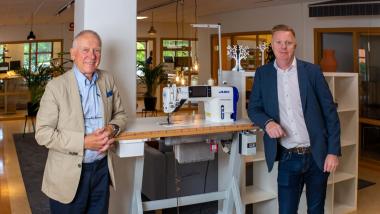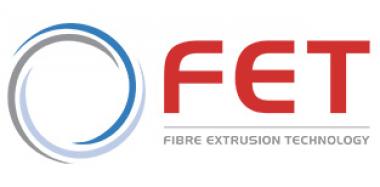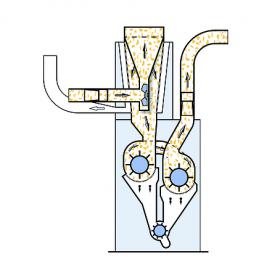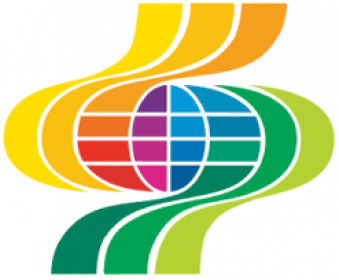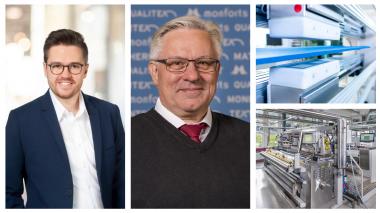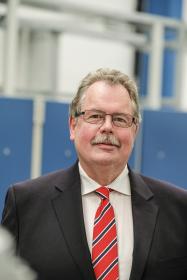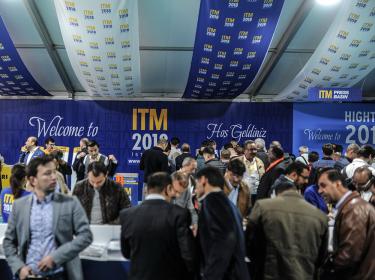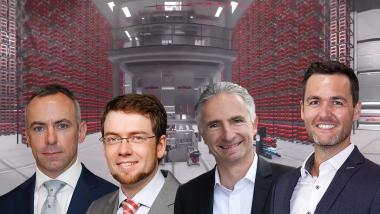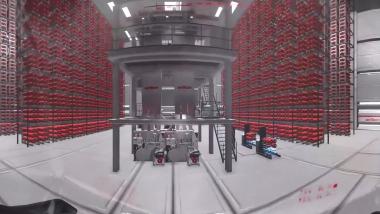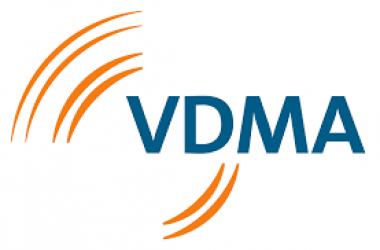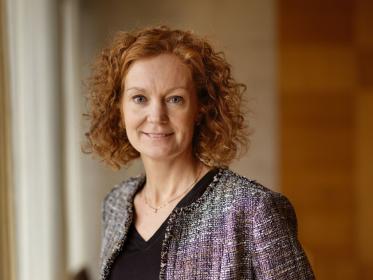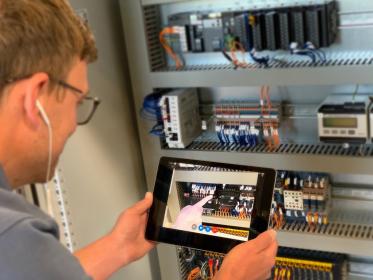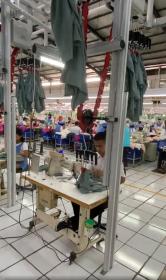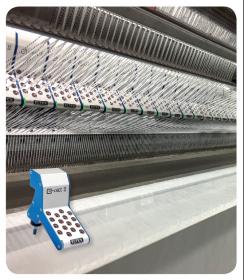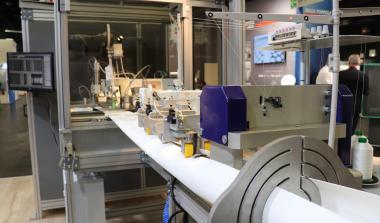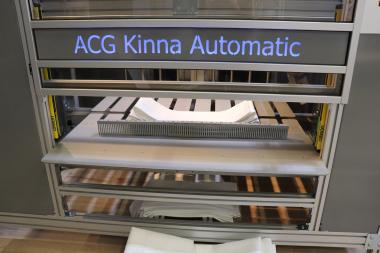TMAS: Swedish Group ACG turns 100
It is exactly 100 years ago on August 17th this year that Carl Axel Gustafsson returned from the USA to Sweden with a significant agency agreement from the Boston-based sewing machine leader Reece.
Back in 1921, Reece, along with its competitor Singer, entirely dominated the buttonhole machine market and were the world’s only manufacturers of these machines for jackets, trousers and coats.
Gustafsson’s license enabled his new company A C Gustafsson to become one of Europe’s first leasing organisations, hiring out Reece buttonhole machines and receiving payment per sewn buttonhole stitch.
This business thrived for many decades and formed the basis for the entire ACG Group as it exists today.
Forty years later, on September 2nd 1961 to be precise, Reimar Westerlind walked out of a restaurant after a long and enjoyable lunch with someone he’d never met before, having signed his intention to buy a company he knew nothing about on an improvised contract written on the back of a menu.
“What I didn’t know then was that my dining partner was the family lawyer of Carl Axel Gustafsson,” Reimar explains. “I had no money and knew nothing about the textile industry and I also quickly discovered the business was not doing so well at that time and tried to get out of the agreement, but he insisted I honour it. He told me he had money and would back me, but I’d have to work hard and pay him back in full.”
Reimar certainly took that advice, and at the age of 92 still travels to his office every day to oversee the operations of the diverse companies now operating under the ACG umbrella.
Although textiles remain the bedrock of the business, under Reimar Westerlind’s management, ACG Group has branched out into many other fields of activity over the past 60 years, and its diversity has also led to some highly unexpected developments.
Like many other European manufacturers, ACG also began to expand beyond its traditional borders from the 1970s onwards – initially into the former Soviet Union and subsequently establishing subsidiaries in Estonia, Lithuania, Finland, the Ukraine and Denmark.
TMAS / AWOL Media


